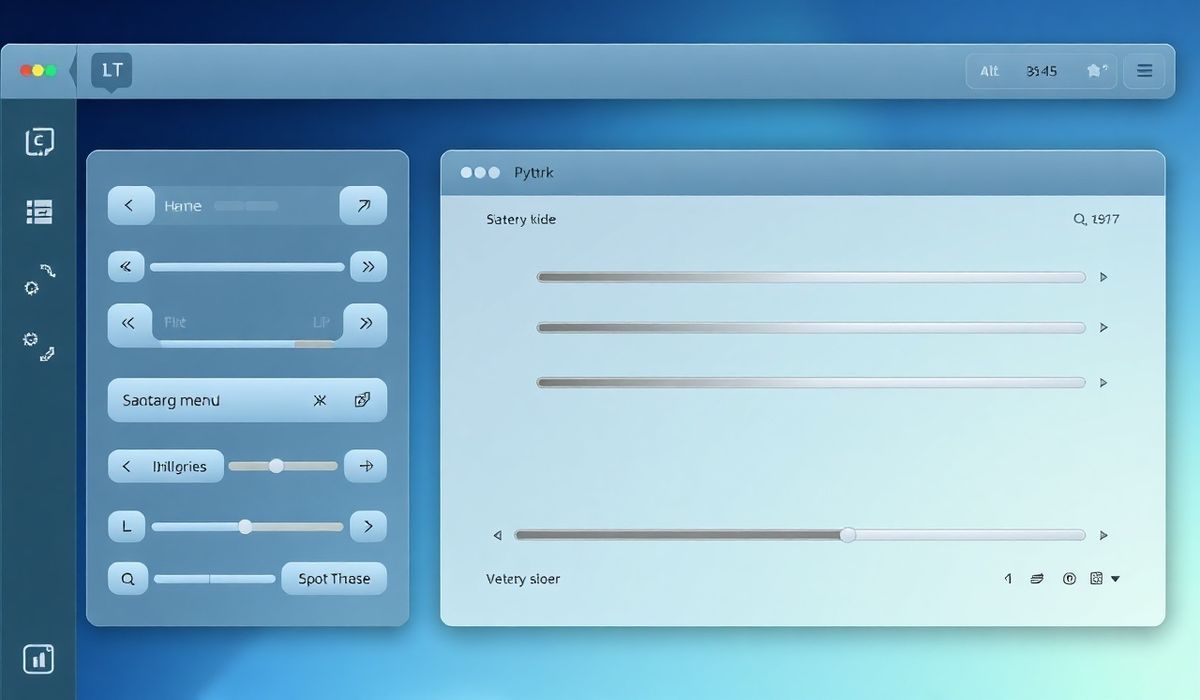Introduction to Node Persist
Node Persist is a powerful, zero-dependency, JavaScript-based key-value storage system designed specifically for Node.js developers. This lightweight library seamlessly integrates with your projects, providing both synchronous and asynchronous data storage capabilities. Whether you’re developing a small application or a complex system, Node Persist ensures your data is persistently stored and easily retrievable.
Getting Started
First, you’ll need to install Node Persist through npm:
npm install node-persistInitial Configuration
Before using Node Persist, you need to initialize and configure your storage. Here’s how you can do it:
const storage = require('node-persist');
async function initStorage() {
await storage.init({
dir: './myData',
stringify: JSON.stringify,
parse: JSON.parse,
encoding: 'utf8',
logging: false,
continuous: true,
interval: false,
ttl: false
});
} initStorage();Basic API Methods
Set Item
Store a key-value pair using the setItem method:
await storage.setItem('name', 'John Doe');Get Item
Retrieve a value using the getItem method:
const name = await storage.getItem('name'); console.log(name); // Output: John DoeRemove Item
Remove a stored value using the removeItem method:
await storage.removeItem('name');Clear Storage
Clear all stored values with the clear method:
await storage.clear();Keys
Get a list of all stored keys using the keys method:
const keys = await storage.keys(); console.log(keys); // Output: ['name']TTL (Time to Live)
Set a time-to-live for stored values:
await storage.setItem('session', 'abc123', { ttl: 60000 }); // 1 minute TTLAdvanced Usage
Synchronous API
You can also use synchronous methods if needed:
storage.initSync(); storage.setItemSync('name', 'John Doe'); const name = storage.getItemSync('name'); console.log(name); // Output: John DoeExample Application
Let’s create a simple application that demonstrates the use of Node Persist.
const storage = require('node-persist');
async function main() {
await storage.init();
// Set some data
await storage.setItem('username', 'john_doe');
await storage.setItem('email', 'john.doe@example.com');
// Retrieve data
const username = await storage.getItem('username');
console.log('Username:', username); // Output: 'john_doe'
const email = await storage.getItem('email');
console.log('Email:', email); // Output: 'john.doe@example.com'
// Use TTL
await storage.setItem('session', 'abc123', { ttl: 3000 }); // 3 seconds TTL
setTimeout(async () => {
const session = await storage.getItem('session');
console.log('Session:', session); // Output: null (expired)
}, 4000);
} main();With Node Persist, managing persisted data within your Node.js applications is simple and efficient. Whether you’re creating a small script or a full-fledged app, Node Persist has you covered with its versatile API and ease of use.
Hash: d32d22ae2388e157c428e50afae2da442bf564ae16c459377824132d3ddf5165




